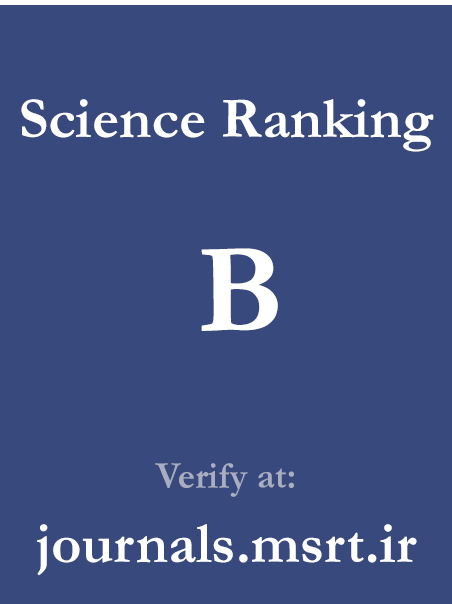Designing a Shadow Leadership Model in Iraq’s Ministry of Water Resources
Keywords:
Shadow leadership, informal power , governance , political influence , qualitative study , Iraq’s Ministry of Water Resources , organizational control , leadership transparency , strategic alliancesAbstract
This study aims to explore the mechanisms, conditions, and consequences of shadow leadership in Iraq’s Ministry of Water Resources, developing a comprehensive model to understand its structural and functional components. This research employs a qualitative approach using grounded theory methodology, incorporating in-depth interviews with 18 experts, including behavioral science academics, faculty members, and water resource professionals. Data collection was conducted through semi-structured interviews, allowing participants to elaborate on their experiences and perceptions of shadow leadership within the ministry. Thematic analysis and open, axial, and selective coding techniques were used to extract key themes, with Atlas.ti software facilitating data organization and interpretation. The paradigmatic model of Strauss and Corbin was used to structure the findings, examining causal conditions, contextual conditions, intervening variables, strategic actions, and consequences of shadow leadership. The study identifies shadow power as the core phenomenon, characterized by covert influence, informal leadership networks, and hidden decision-making mechanisms. The emergence of shadow leadership is driven by political instability, bureaucratic inefficiencies, and external pressures, reinforced by media influence, ideological power, and stakeholder expectations. Intervening conditions, such as political partisanship and cognitive dissonance, shape leadership strategies, which include network building, strategic alliances, and psychological influence. The consequences of shadow leadership manifest in both positive and negative ways, affecting leadership efficiency, governance transparency, political stability, and organizational control. Shadow leadership operates as a parallel system of influence, simultaneously compensating for bureaucratic inefficiencies and reinforcing power concentration and governance opacity. Understanding its dynamics is essential for enhancing transparency, ethical leadership, and institutional reform in government institutions.







